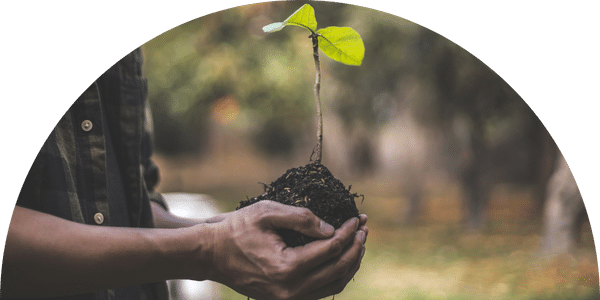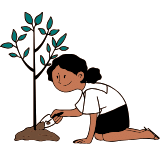Moringa Oleifera
The drumstick tree, also known as Moringa oleifera, is a tree that predominantly grows in tropical and subtropical regions with a steppe climate. People also refer to it as the ‘miracle tree’ due to the high nutritional value and medicinal properties of its leaves and fruits. In South Africa, for example, the leaves are used to combat malnutrition. Because of these properties, Moringa oleifera is cultivated on a large scale on plantations.
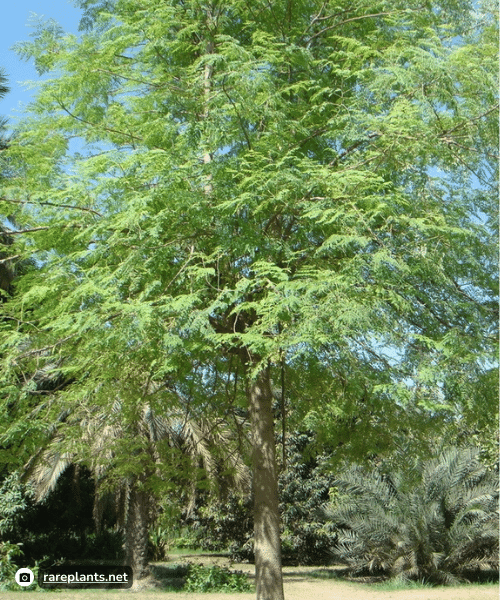
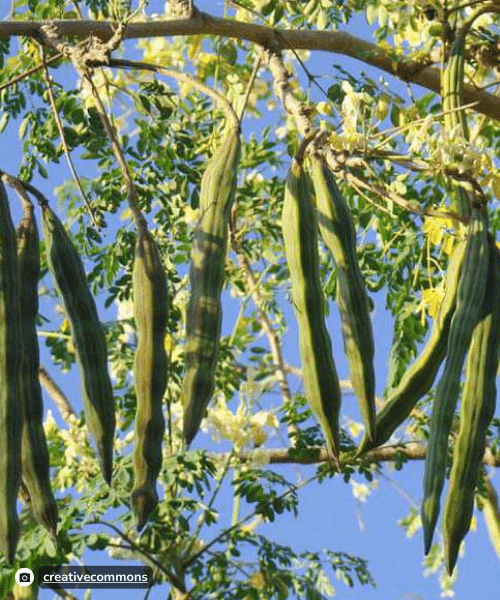
Habitat
Moringa oleifera thrives best in dry sandy soil and is highly resistant to drought, leading to rapid tree growth. Originally, this plant is found in the hills on the southern side of the Himalayas in Northwest India. However, nowadays, Moringa oleifera is also cultivated on plantations spread across Africa, India, Indonesia, Malaysia, Mexico, the Philippines, Central and South America, and Sri Lanka.
This tree is generally considered the most useful tree in the world because almost every part of it can be used for food or other practical purposes.
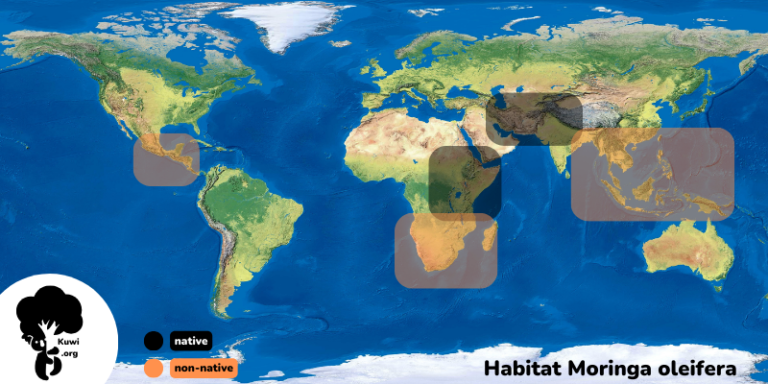
Nutritional Value
The immature, green fruits of the tree are primarily used, especially in South and Southeast Asia, where they are often incorporated into various dishes. The seeds of matured fruits can be eaten like nuts or peas, and vegetable oil, called behen oil, can be extracted from these seeds (38 to 40%).
The flowers of the tree are edible when cooked, and the root can be ground and used as a flavoring agent.
The leaves of the tree are particularly nutritious, with high levels of beta-carotene, vitamin C, protein, iron, and potassium. These leaves can be cooked like spinach or dried and ground to be added to meals.
Due to its pronounced nutritional value, Moringa oleifera is increasingly used to combat malnutrition in developing countries. Various organizations, including Save the Children, the Hunger Organization, and Volunteer Partnerships for West Africa, utilize this tree for this purpose.
The seeds of Moringa oleifera have the ability to purify water by removing up to 98 percent of impurities and microorganisms from water. Additionally, the leaves and fruits are processed into medicines, and the leaves are also used to make tea.
IUCN Red List
This species is not endangered, view the ICUN Report here.

Plant this tree
